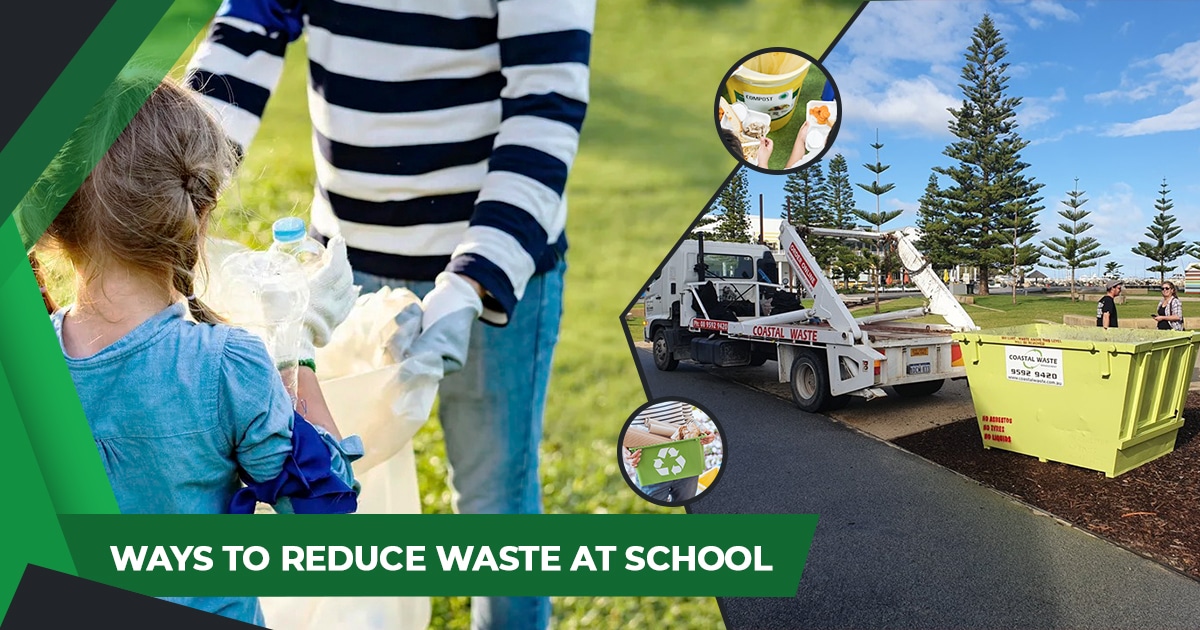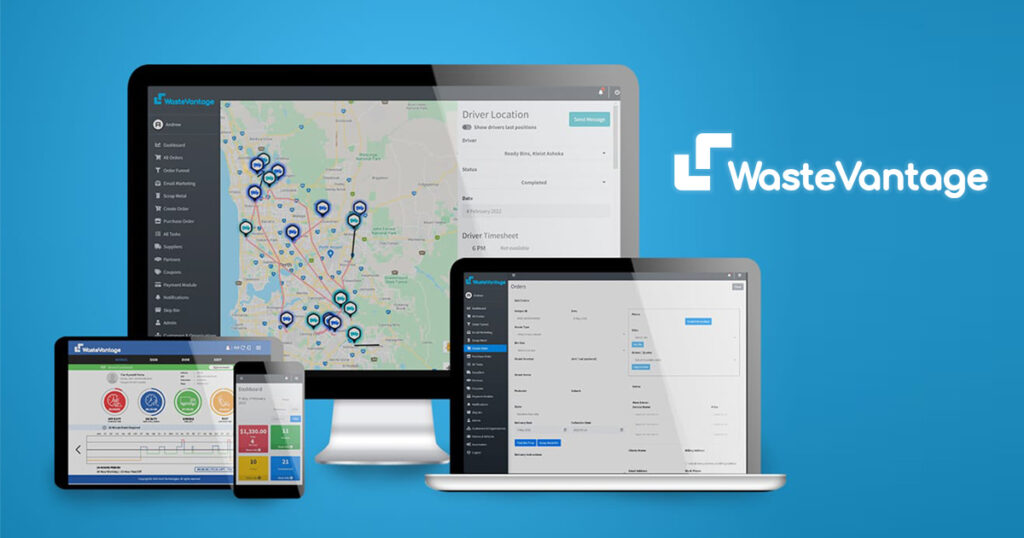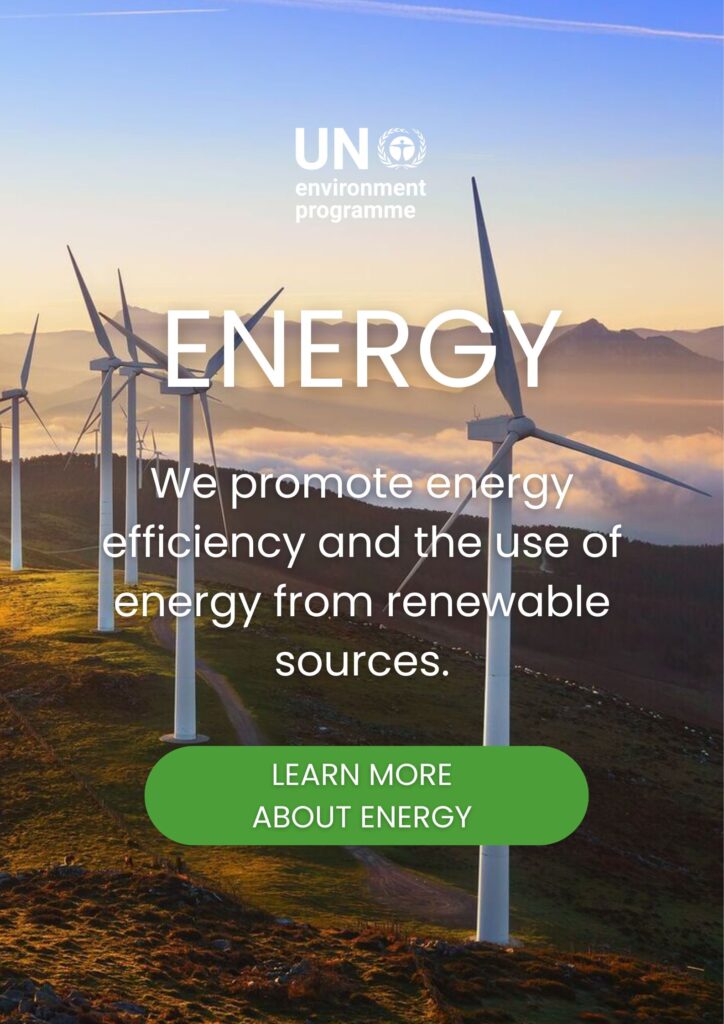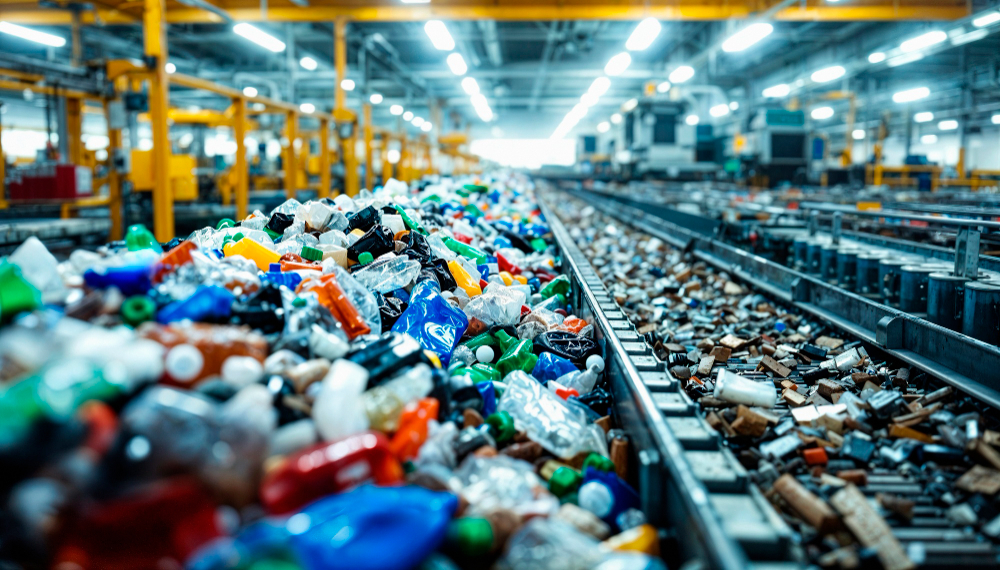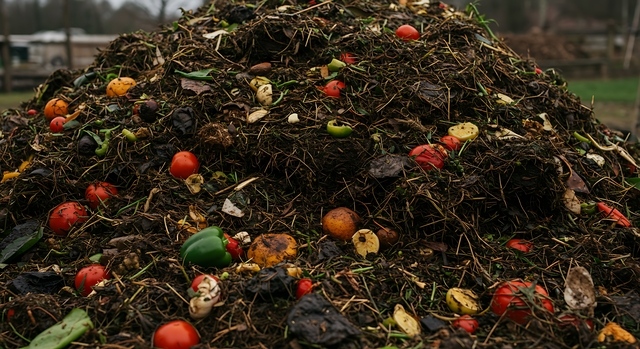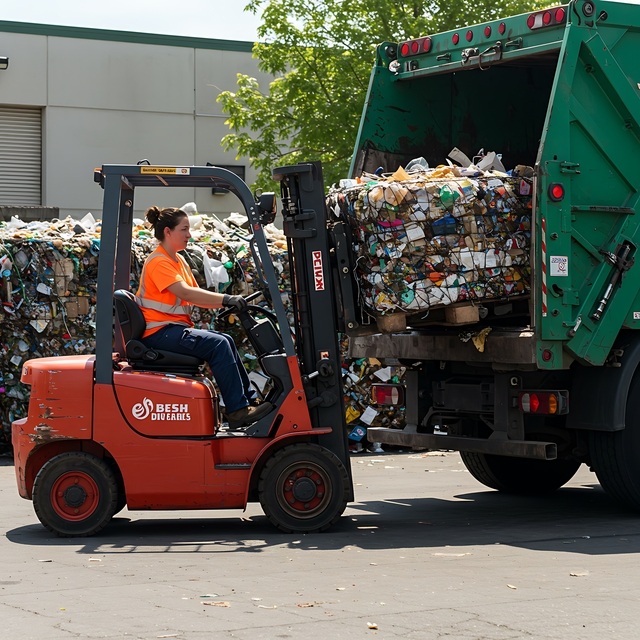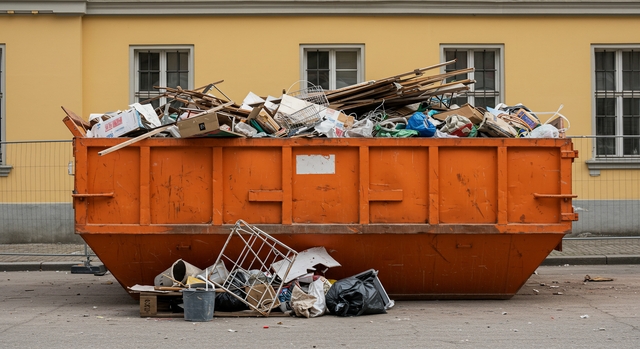Construction Waste Recycling in Australia for a Sustainable Future
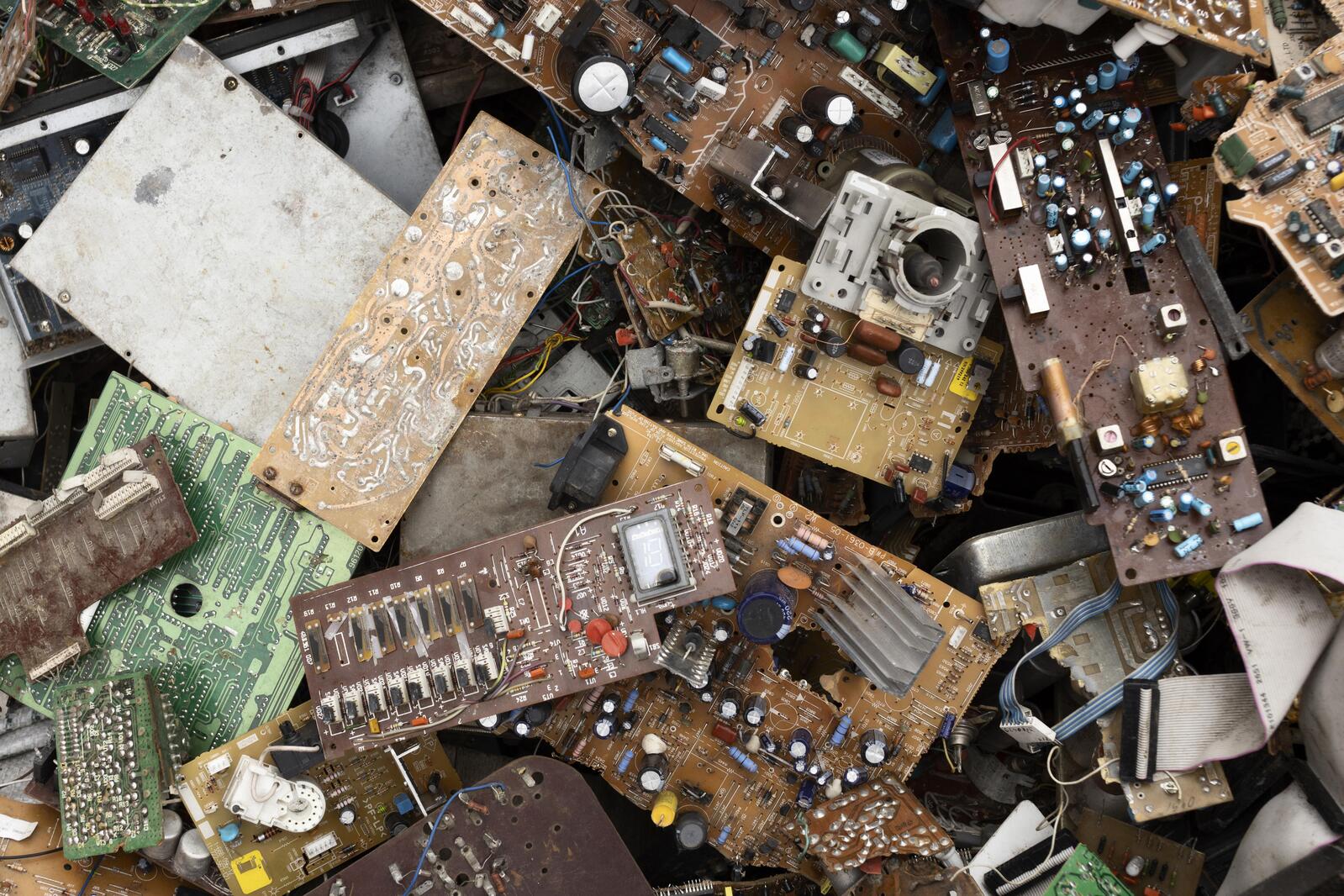
Australia’s construction industry is booming. From new housing developments and apartment towers to major infrastructure upgrades, the pace of growth is impressive. Yet with progress comes a mounting challenge. Construction and demolition activities produce massive volumes of waste every year. In fact, the construction sector is one of the largest contributors to the country’s total waste stream.
As concerns over environmental impact intensify, there has never been a more important time to rethink how construction waste is handled. The good news is that smart solutions are emerging. Across the nation, businesses, councils, and innovators are embracing smarter construction waste recycling practices that prioritise sustainability without slowing down development.
In this article, we will explore how construction waste recycling in Australia is evolving, the technologies and systems being adopted, and the positive outcomes that result from managing waste more responsibly.
The Scale of the Challenge
Construction waste includes everything from bricks, concrete, wood, plasterboard, tiles, and metals to packaging, plastics, and excavated soil. When structures are built or demolished, the materials removed or discarded can quickly fill up landfills if not sorted and reused correctly.
According to data from the Australian Bureau of Statistics, the country generates more than 27 million tonnes of construction and demolition waste annually. That accounts for over 40 percent of Australia’s total waste. While some of it is recycled, a large portion still ends up in landfill or illegal dumping sites, causing environmental harm and wasting valuable resources.
Why Recycling Matters
The environmental consequences of not recycling construction waste are significant. Landfills release harmful greenhouse gases. Materials that could otherwise be reused or repurposed are lost forever. In many cases, construction waste contains substances like treated timber, asbestos, or chemicals that can pollute soil and waterways if not properly handled.
Beyond environmental concerns, there are also financial and reputational reasons for businesses to act responsibly. Green credentials are now a major selling point for developers and construction firms. Clients and communities increasingly expect sustainability to be built into every stage of a project.
Construction waste recycling offers clear advantages. It reduces the demand for raw materials, conserves energy, and lowers the environmental footprint of building activity. Most importantly, it turns waste from a problem into an opportunity.
Leading the Way: Construction Waste Recycling in Australia
Australia is steadily improving its approach to construction waste recycling. Legislation, incentives, and increased public awareness have all played a role in driving change. State governments have introduced waste levies that make landfilling more expensive, encouraging businesses to seek alternative solutions.
Several major cities now require waste management plans as part of development approvals. These plans must outline how waste will be sorted and disposed of, with targets for diversion from landfill. This approach helps keep recycling rates high and ensures contractors are accountable.
Recycling facilities have also become more sophisticated. Instead of simply collecting mixed rubble, modern facilities use automated sorting systems to separate timber, metal, masonry, and plastics for reuse. Recycled concrete can be crushed and reused in road base or new concrete production. Steel and aluminium can be melted down and recast. Even plasterboard and glass can find new life in other projects.
In many regions, mobile recycling units now travel directly to construction sites. These compact processing machines allow for waste to be sorted and crushed on-site, saving transport costs and reducing emissions.
Innovations in Demolition Waste Management
One area where recycling has shown major promise is demolition waste management. When buildings are torn down, they generate a complex mix of materials. Traditionally, much of this would have gone straight to landfill. But with better planning and technology, it is now possible to recover a significant portion of that material.
A practice known as “deconstruction” is gaining traction. Instead of knocking down a building in one sweep, deconstruction involves carefully dismantling it to preserve as many materials as possible. Bricks, windows, fixtures, timber beams, and flooring can be reused or sold.
Specialist demolition companies now offer services that prioritise material recovery. With experience in hazardous material removal and advanced sorting processes, they can safely manage everything from asbestos to embedded wiring.
Some projects have achieved impressive results. In Melbourne, the redevelopment of the Queen Victoria Market precinct involved dismantling old warehouses while recovering over 90 percent of the materials used. Similar efforts in Sydney and Brisbane have proven that smart demolition waste management is not only possible but cost-effective.
Green Building Waste Solutions: Building with the Future in Mind
Recycling waste is one side of the equation. The other is designing and building in ways that prevent waste from occurring in the first place. This is where green building waste solutions come into play.
Green building design encourages the use of materials that are recycled, recyclable, and sustainably sourced. Prefabrication methods are being used to reduce on-site cutting and wastage. Modular construction allows for easier disassembly and reuse of components. Even packaging is being reconsidered, with suppliers offering materials delivered in bulk to minimise plastic and cardboard use.
Building codes and green certification systems like Green Star also reward waste-conscious practices. Projects that use recycled content, implement site waste management plans, and reduce landfill contributions can earn higher ratings, boosting their value and appeal.
Construction companies are investing in training and education to make waste reduction a core part of the building process. Site workers are being taught how to separate materials correctly, report excess waste, and store reusable items safely.
Challenges and Opportunities
Despite the progress, there are still challenges to overcome. Not all areas of Australia have access to high-quality recycling facilities. Transporting waste from remote or regional areas can be expensive. Sorting construction waste on busy sites requires time and space, which are often in short supply.
Regulations vary from state to state, making it harder for national firms to maintain consistent standards. Some materials, like composite products or chemically treated timber, remain difficult to recycle economically.
Yet each of these obstacles also presents an opportunity. There is growing interest in decentralised waste solutions, where small-scale recycling units can be set up in local communities or project zones. Research is underway into new methods of treating complex waste types, turning what was once unrecyclable into useful raw materials.
Governments are being urged to invest more in infrastructure and harmonise standards across jurisdictions. Public-private partnerships are helping to fund innovation and improve access to services. As demand for green construction grows, the business case for better waste management becomes stronger.
What the Future Holds
Looking ahead, construction waste recycling will likely become a central pillar of Australia’s transition to a circular economy. The shift from a linear model of make-use-dispose to one where materials are kept in use for as long as possible is already underway.
Technology will play a key role. Artificial intelligence and data analytics are being used to track waste generation and optimise recycling routes. Smart bins and sensors can alert managers when bins are full or when contamination is detected.
Education and cultural change will be just as important. The more that waste minimisation is embedded into the DNA of the construction industry, the easier it becomes to build sustainably. Future generations of builders, architects, and engineers will grow up with a deeper understanding of environmental impact.
Conclusion
Construction waste recycling in Australia is no longer a niche concern. It is a national priority, driven by environmental necessity, community expectations, and industry innovation. From smart demolition to green building techniques, there are solutions at every stage of the construction process.
By embracing smarter systems, better planning, and responsible practices, Australia has the opportunity to lead the world in sustainable construction. The path is not without its challenges, but the benefits – economic, environmental, and social – are too great to ignore.
In the end, construction waste is not just a by-product of progress. It is a resource waiting to be recovered, reused, and reimagined. And in doing so, we build not just for today, but for a future that is smarter, cleaner, and more sustainable.




